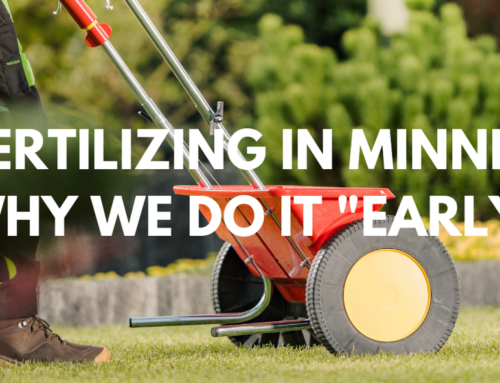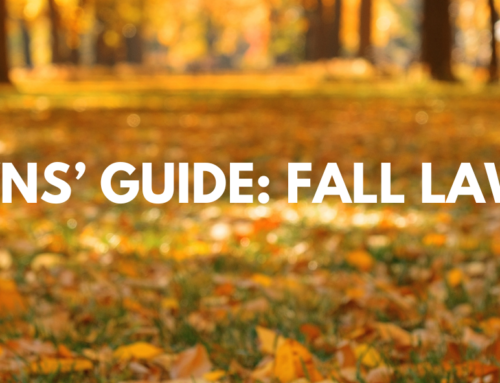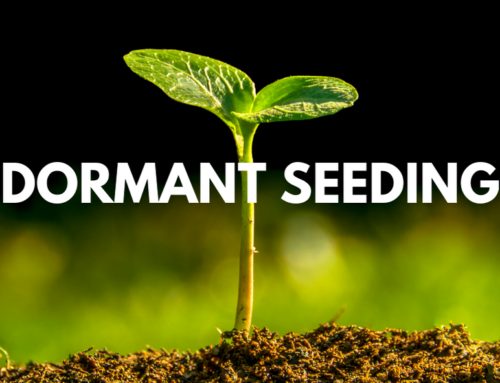Lawn aeration involves creating small holes in the soil to enhance air, moisture, and nutrient absorption by grass roots. This process alleviates soil compaction, promotes healthy root growth, and boosts the lawn’s resistance to drought and disease. Depending on your lawn size, aeration can be done manually or with a machine.
Types of Lawn Aeration
Hand Aeration: Using tools like a garden fork or hand-held aerator to manually puncture the soil. Ideal for smaller lawns or those preferring a hands-on approach.
Core Aeration: Employing machines like plug or spike aerators to remove soil plugs, beneficial for larger lawns with heavy soil.
Liquid Aeration: Applying a liquid solution with soil-loosening compounds, suitable for smaller lawns or sandy soils, providing quicker results without deep penetration.
Choosing the Right Method
Select an aeration method based on lawn size, soil type, and budget. Core aeration is best for large, clay-heavy lawns, while liquid aeration suits smaller, sandy lawns.
Benefits of Aeration
Aerating your lawn improves drainage, water uptake, and nutrient access, fostering healthy root systems and lush, vibrant grass. Regular aeration also mitigates thatch buildup, enhances weed control, and strengthens grass against pests and disease.
Professional Lawn Care
For expert aeration services in Minnesota, contact ProLawns. Our comprehensive aeration process, coupled with overseeding, ensures your lawn stays healthy and beautiful year-round.





